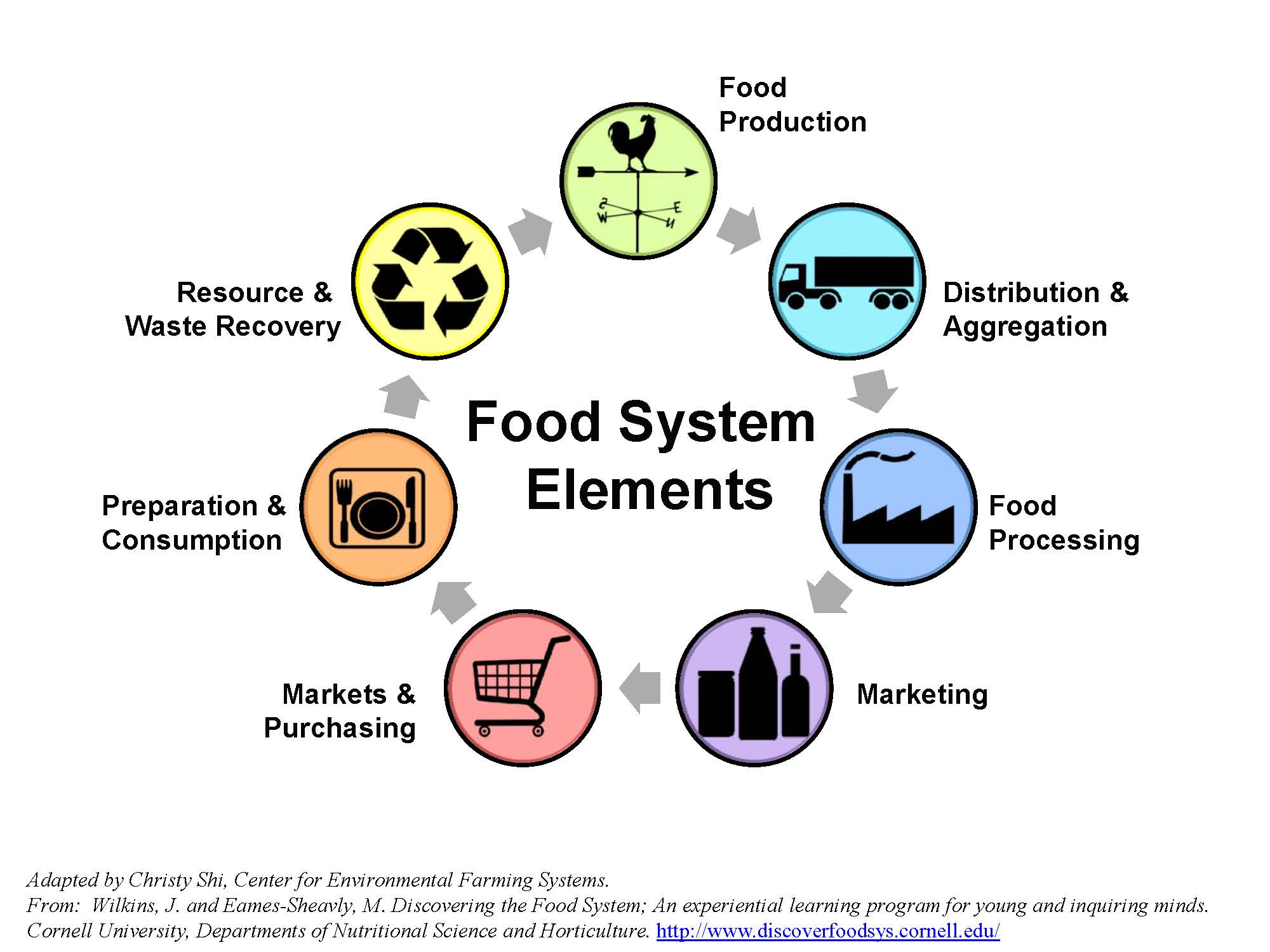What are food systems and what is the difference between global systems and community food systems?
1 Answer
A food system describes how an item was produced, processed, and transported. The difference between these two food systems is a matter of scale.
Explanation:
The term food system describes how an item arrived on your plate essentially and what happens to any waste. This includes how the item was grown, how it was managed and harvested, any processing that was done to it, how it was transported, and what happens to the leftovers.

Local food systems are ones where this process takes place over a smaller geographic area. For example, if you have a local farmers' market where neighboring farms and gardens sell their produce in town and it is bought by members of the community, this is a local food system.
In contrast, global food systems describe a much larger scale. For example, your fruit may be grown on a different continent and shipped to your local grocery store. The products many people put in their grocery cart come from multiple places across the globe.
China is the leading producer of the world's rice and cereal, India is the top producer of lentils, Cote d'Ivoire produces 30% of the world's cocoa (used to make chocolate), and the US produces the most corn.
Global food systems produce a massive amount of food, but there is arguably substantial room for improvement, as many practices are not sustainable and many people are still left hungry.

